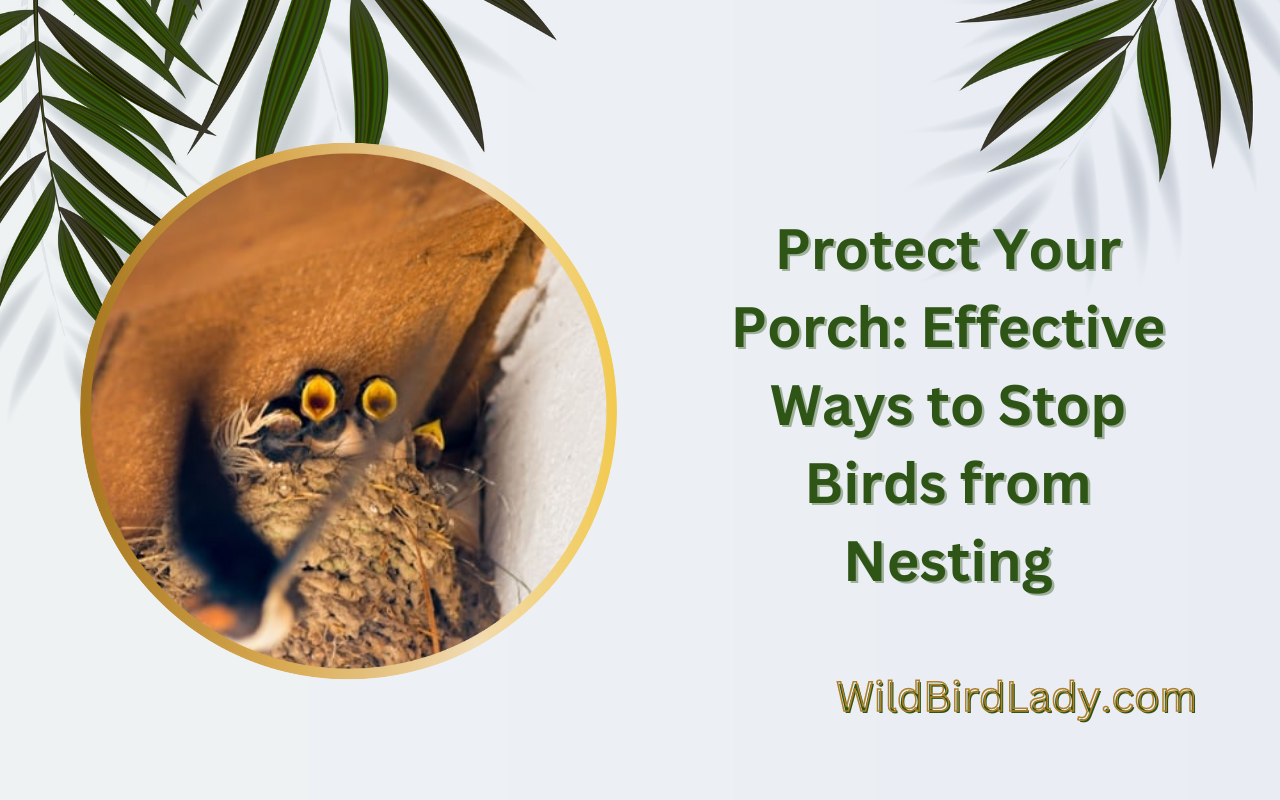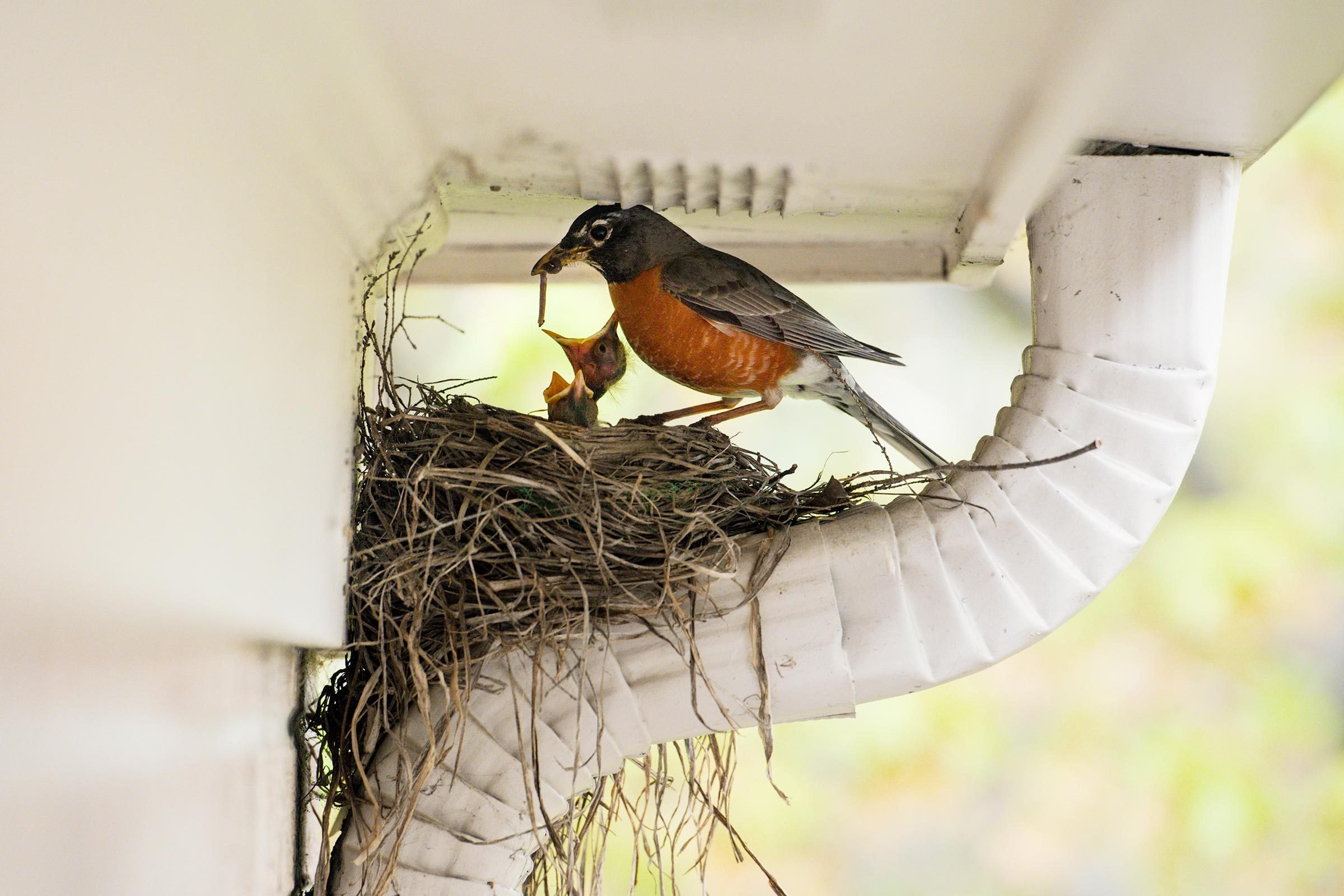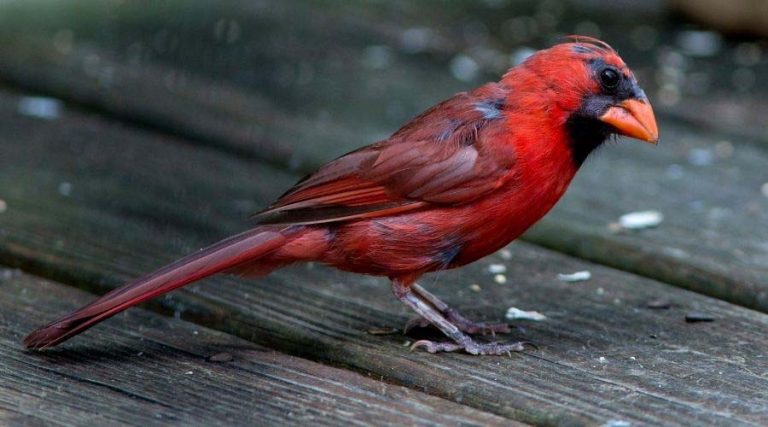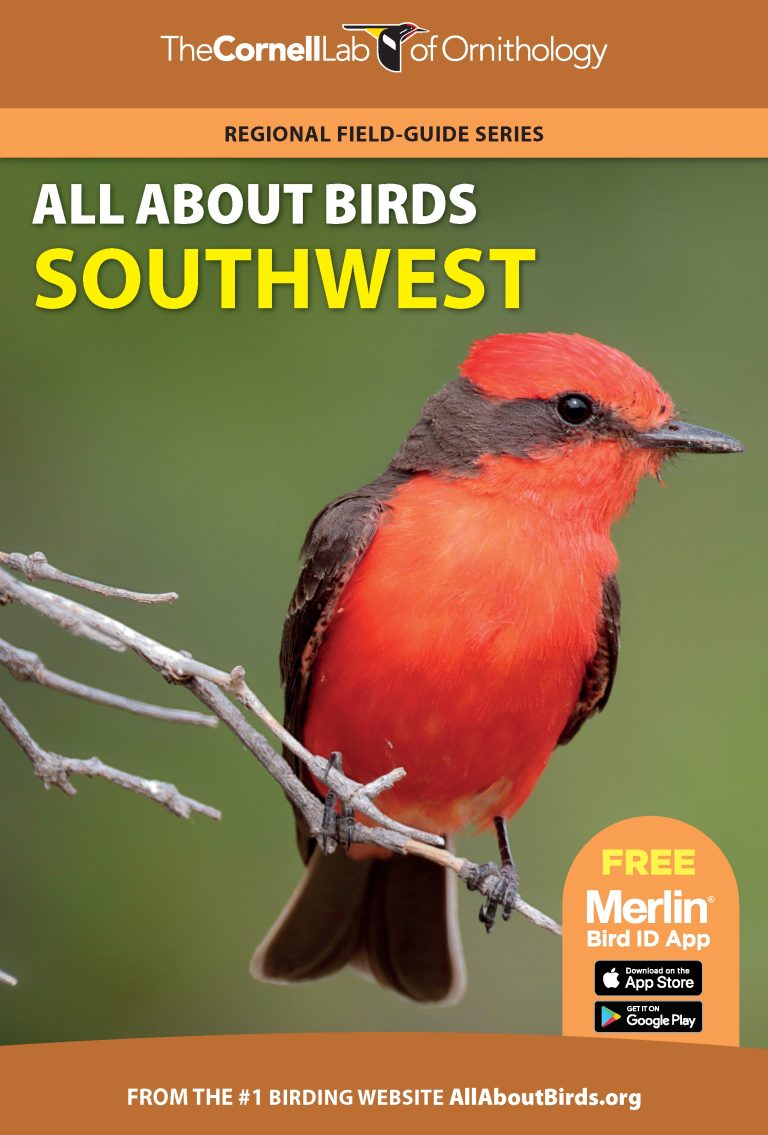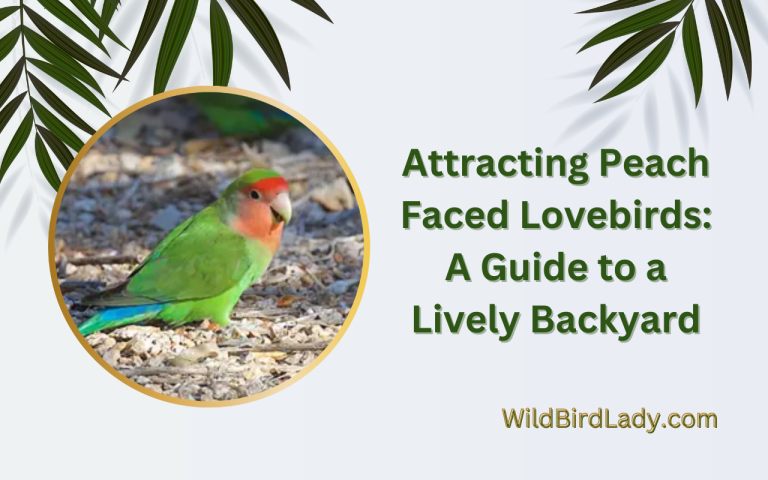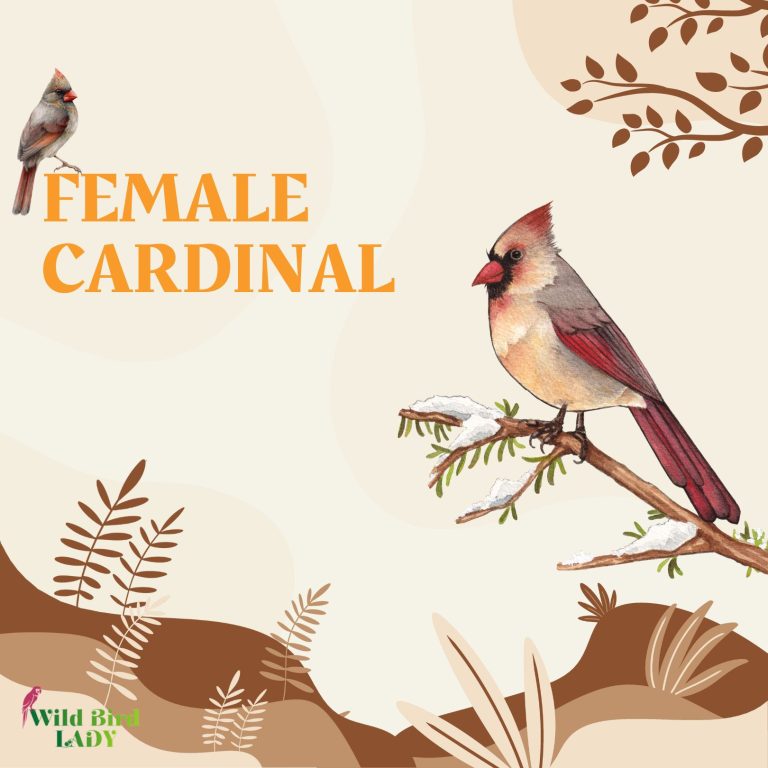How to Stop Birds from Nesting on Your Porch: Safe and Humane Tips
🦅 To stop birds from nesting on your porch, install bird spikes or netting. Birds can be a wonderful sight as they flutter about, but when they decide to set up camp on your porch, it can lead to a mess and become a nuisance.
As weather gets warmer, we all love to enjoy the presence of chirping birds in our surroundings. However, having birds building nests on your property can cause serious problems. From attracting other pests to damaging your home’s structure, finding effective ways to stop birds from nesting is crucial. This blog post will discuss some simple yet effective solutions to prevent birds from building nests on your house and protect your property and our feathered friends. Let’s dive in!
Credit: www.familyhandyman.com
Why Do Birds Prefer To Nest On Porches?
There are several reasons why birds find porches to be ideal nesting spot. Here are some of them:
- Shelter from predators: Porches offer a higher level of protection against predators than open areas.
- Comfortable temperature: The temperature on porches is usually milder than in exposed areas, making it more comfortable for birds to nest.
- Accessibility: Porches provide a safe and easily accessible spot for birds to build their nests.
Types Of Birds That Are Most Likely To Nest On Porches
Different types of birds have varying preferences when it comes to nesting spots. Here are some of the most common birds that are likely to choose porches as their nesting spot:
- Swallows: They prefer nesting on enclosed porches with an overhang.
- Robins: They usually build their nests on ledges or corners of porches.
- Sparrows: They typically choose to build their nests on top of porch lights or other fixtures.
- Wrens: Their nesting preference is usually hanging baskets on porches.
Remember to be cautious when dealing with birds nesting on your porch. Some species are protected by federal law and cannot be removed or disturbed without permission. If you want to remove a nest, consult with your local wildlife authority to ensure that you’re not breaking the law.
Harmful Effects of Birds Nesting On Porches
Birds are arguably some of the most beautiful creatures in the world. They come in different shapes, sizes, and colours, and listening to their sweet melodies can lift anyone’s mood. However, as beautiful as birds are, the effects of bird nesting on porches can be quite harmful.
Birds can cause structural damage to your property, and their droppings and nesting debris can pose a health risk to humans. In this section, we will detail the problem caused by bird nesting and droppings on porches and explain how bird nesting can cause structural damage to your property.
Additionally, we will highlight the health risks associated with bird droppings and nesting debris.
Problems Caused By Bird Nesting and Droppings On Porches
Bird nesting and droppings on porches can cause a host of problems, including:
- Damage to property: The accumulation of bird droppings and nesting debris on your porch can lead to structural damage to your property. Bird droppings are acidic, which can corrode your porch’s materials, including wood, concrete, and metal.
- Aesthetic problems: Bird droppings can leave unsightly stains on your porch, which are unpleasant to look at and difficult to remove.
- Health risks: Bird droppings and nesting debris can carry bacteria, fungi, and other pathogens that can cause human infections.
How Bird Nesting Can Cause Structural Damage To Your Property
Bird nesting can cause structural damage to your property in the following ways:
- Weight: The weight of a bird’s nest can significantly strain your porch’s materials, leading to cracks and other forms of structural damage.
- Nest building material: Birds use twigs, grass, and other materials to build their nests. Over time, these materials can accumulate and cause physical damage to your property.
- Bird droppings: As mentioned earlier, bird droppings are acidic and can corrode the materials on your porch, including wood, metal, and concrete. This corrosion can weaken the structure of your porch, leading to cracks and other forms of structural damage.
The Health Risks Associated With Bird Droppings And Nesting Debris
Bird droppings and nesting debris can pose a serious health risk to humans, including:
- Allergic reactions: Bird feathers, droppings, and nesting debris can cause allergies in some people.
- Diseases: Bird droppings and nesting debris can carry bacteria, fungi, and other pathogens that can cause human infections. Some of these pathogens include salmonella, e.coli, and Histoplasma capsulatum.
- Airborne particles: When bird droppings and nesting debris dry up, they become airborne. Inhaling these particles can cause respiratory problems in humans, such as asthma.
By adhering to these tips, you can take the necessary steps to prevent birds from nesting on your porch and help keep your property and family safe from the harmful effects of bird nesting and droppings.
1. Install Bird Spikes or Netting
Are you tired of constantly cleaning bird droppings from your porch? Do you want to prevent birds from nesting on your property without harming them? Installing bird spikes or netting is a safe and effective solution to keep birds away from your porch.
Define Bird Spikes And Netting and How They Work
- Bird spikes: These are small, pointed strips of metal or plastic that can be easily attached to surfaces such as ledges or roofs. The spikes make it uncomfortable for birds to land in those areas, effectively deterring them from nesting or perching.
- Bird netting: This is a physical barrier made of nylon, wire, or plastic that can be stretched over the porch area to keep birds away. The netting is virtually invisible and does not harm birds, simply denying them access to the area.
Explain The Various Types Of Bird Spikes and Netting Available
When it comes to bird spikes, there are a few different types available:
- Plastic spikes: These are the most affordable option and come in various colors to match your property’s exterior. They’re also lighter and easier to install than metal spikes.
- Stainless steel spikes: Made to last longer than plastic spikes, stainless steel spikes are better suited for areas with harsh weather conditions. They may cost more, but they also provide better protection.
- Sloped spikes are particularly effective for deterring larger birds, such as pigeons or seagulls. The sloped design makes it difficult for these birds to balance on the spikes and land on your porch.
- Electric spikes: These deliver a mild electric shock that startles birds, but does not harm them. As you might expect, though, they’re a more expensive option.
Bird netting comes in various materials, colors and sizes, which can be cut to fit the specific area you need to cover. Heavy-duty, industrial-grade netting can provide longer-lasting protection but is more expensive than regular netting.
Discuss The Advantages And Disadvantages Of Each Type
| Advantages | Disadvantages | |
|---|---|---|
| Plastic spikes: | It can be more expensive than other types of spikes. | Affordable, easy to install, available in various colours, lightweight. |
| Stainless steel spikes: | They are more expensive than plastic spikes. | Durable, better suited for harsh weather conditions, better protected, and suitable for all types of birds. |
| Sloped spikes: | Particularly effective for deterring larger birds, such as pigeons or seagulls. | Less durable than bird spikes and more difficult to install without professional expertise. |
| Electric spikes: | Startles birds without causing them harm. | Most expensive option. |
| Bird netting: | Invisible does not harm birds and provides full coverage. | Invisible does not harm birds, and provides full coverage. |
Suggest Ways To Install Bird Spikes And Netting Yourself Or By Hiring Professionals
Installing bird spikes or netting can be a DIY project, but having the right tools and knowledge is important. Here are some tips for installation:
Bird spikes:
- Diy: Use adhesive or screws to attach them to surfaces. You can also cut them to fit the specific area you want to cover.
- Professionals: Hire a bird control company or a professional handyman to install them for you.
Bird netting:
- Diy: Install poles or hooks around the porch, stretch the netting over the poles or hooks and secure it in place.
- Professionals: Hire a professional bird control company to install the netting for you, especially for larger areas.
Installing bird spikes or netting can effectively stop birds from nesting on your porch without harming them. Choose the type that suits your property’s needs and budget, and consider hiring professionals if you’re not confident in your abilities to install them yourself.
2. Use Visual Deterrents
Birds can make a beautiful addition to your garden and can be a delight to observe. However, when they start nesting on your porch, things can become quite chaotic and unpleasant. The mess left behind by these birds can be disturbing, and it can be challenging to clean.
Fortunately, there are ways to prevent birds from nesting on your porch. One of the most practical solutions is visual deterrents.
Explain How Visual Deterrents Work
Visual deterrents are items you can use to create an uninviting bird environment. They project an illusion of a predatory threat that birds want to avoid. These deterrents’ visual stimuli disrupt the birds’ perception of safety and make them flee the area.
Suggest Some Visual Deterrents That Are Effective
When it comes to visual deterrents, there are several options that you can choose from. Here are some of them:
- Fake predators or owls
- Reflective objects
- Scare tape
Detail The Pros And Cons Of Each Visual Deterrent
Fake Predators Or Owls
- Pros:
- Effective in deterring most bird species
- Realistic designs can be purchased
- Easy to install
- Cons:
- Birds may become habituated to the deterrent
- They may need to be moved frequently, or birds will learn that they are not a genuine threat
Reflective Objects
- Pros:
- They produce a lot of random flashes of light that birds find confusing
- They can be effective over a broad area
- Can be moved around to different locations quickly
- Cons:
- The reflective material may fade over time
- They need regular maintenance to keep them clean of any debris or dirt
Scare Tape
- Pros:
- It is inexpensive and easy to install
- It can be used indoors and outdoors
- It works with most bird species
- Cons:
- Needs to be maintained and replaced regularly
- It may lose its effectiveness in strong winds or heavy rain
When it comes to deterring birds from nesting on your porch, visual deterrents can be an excellent option. While each has its pros and cons, you can experiment with different options until you find the most effective one for your needs.
3. Apply Bird Repellent Sprays And Gels
Birds can be a beautiful addition to your porch view, but they can also be a nuisance when they start to nest. Not only can they make a mess, but they can also damage your property. The good news is that there are various ways to keep birds away from your porch, including using bird-repellent sprays and gels.
Provide An Overview Of Bird Repellent Sprays And Gels
Bird-repellent sprays and gels are substances that can help deter birds from nesting in unwanted areas. They are generally easy to apply and can be used on a variety of surfaces. Repellents work by either emitting a scent that birds find unpleasant or by causing discomfort when the birds come into contact with the product.
Discuss The Various Types Of Bird Repellents Available
There are several types of bird repellents available, including:
- Chemical repellents: These include sprays, gels, and granules that contain chemical compounds that birds find offensive. They can be sprayed or applied directly onto surfaces like ledges and roofs.
- Visual repellents: These items are designed to mimic natural predators of birds, such as fake owls and snakes. They can effectively deter birds, but they may not work in all situations.
- Acoustic repellents: These use sound to scare birds away. They can include devices that emit loud noises or play distress calls of birds. However, they may also disturb neighbors and other animals.
Explain How To Use Bird Repellent Sprays And Gels Effectively
To use bird-repellent sprays and gels effectively, follow these tips:
- Clean the area thoroughly before applying the repellent to ensure that the product adheres properly.
- Apply the product evenly and generously, especially on areas where birds are prone to nest.
- Reapply the product regularly, especially after it rains or if the product gets washed away.
- Follow the manufacturer’s instructions carefully to ensure you use the product safely and effectively.
Highlight The Pros And Cons Of Using Bird Repellent Sprays And Gels
Pros:
- They are easy to use and can be applied to various surfaces.
- They can be effective in deterring birds from nesting in unwanted areas.
- They are generally safe for humans and animals as long as they are used according to the manufacturer’s instructions.
Cons:
- They may not work in all situations, especially if the birds are highly determined to nest on your porch.
- Depending on the type of repellent used, they may also harm the environment.
- Some products may leave residue or discoloration on surfaces.
Using bird-repellent sprays and gels can be an effective way to keep birds away from your porch. However, choosing the right product for your situation and using it safely and effectively is important. By following these tips, you can ensure that your porch remains bird-free and enjoyable.
4. Clean The Porch Regularly
Importance Of Keeping The Porch Clean
Regular cleaning of your porch is an important step in deterring birds from nesting in the area. Birds are attracted to debris and nesting materials that have accumulated on your porch, as they provide a comfortable and protected area to build their nests.
Cleanliness is, therefore, key to preventing birds from nesting on your porch.
Cleaning Measures Required To Keep Birds From Nesting On The Porch
A regular cleaning routine should be established to prevent birds from nesting on your porch. The following measures can be taken to ensure your porch remains clean:
- Remove leaves, twigs, and other debris from the porch and surrounding areas.
- Sweep or vacuum the porch area regularly to keep it clean.
- If there are any plants on or near the porch, remove dead leaves and trim back any branches that could serve as a bird nesting site.
- Disinfect the area with a safe, eco-friendly product to eliminate any nesting materials or bird droppings that may have been left behind.
How To Dispose Of Bird Droppings and Debris
It is important to dispose of bird droppings and debris properly. Follow these steps when cleaning up bird droppings:
- Wear disposable gloves to protect yourself.
- Use a scraper or paper towel to remove any dry droppings or debris.
- Use a disinfectant spray and paper towels to clean up the area for fresh droppings. Be sure to discard the paper towels and other cleaning materials in a sealed plastic bag.
- Scrub the area with soap and water, and rinse thoroughly.
- Finally, disinfect the area once more to ensure all bacteria has been eliminated.
Keeping your porch clean and taking necessary cleaning measures can prevent birds from nesting in the area and enjoying your outdoor space without any unwanted guests.
5. Use Physical Barriers
Birds nesting on your porch can be more than just an annoyance; it can also create a mess and damage your property. One of the most effective ways to prevent birds from nesting on your porch is by using physical barriers.
This section will explain how physical barriers work and suggest some examples of screens, mesh, and wire that can be used as barriers. We will also detail how to install these barriers and highlight the pros and cons of each type.
Explain How Physical Barriers Work:
Physical barriers can prevent birds from nesting on your porch by blocking their access to potential nesting sites. Birds are creatures of habit and often return to the same location year after year to build their nests. By using physical barriers, you can disrupt this habit and force the birds to find an alternative location to nest.
Suggest Some Physical Barriers Such As Screens, Mesh, And Wire:
Several types of physical barriers can be used to prevent birds from nesting on your porch. Some of the most effective barriers include:
- Screens: Installing screens on your porch can block birds from entering. Screens can be made from metal, plastic, or fiberglass and can be attached to the opening with screws or adhesive strips.
- Mesh: Chicken wire, metal mesh, or plastic netting can be used to create a barrier that birds cannot easily penetrate. Mesh barriers can be attached to the porch with screws or ties.
- Wire: Installing wire around the edges of your porch can prevent birds from landing or perching. Thin-gauge wire works well and should be spaced close enough to prevent birds from squeezing through.
Detail How To Install Physical Barriers Effectively:
To install physical barriers effectively, follow these steps:
- Measure the area where the barrier will be installed. Make sure to allow for a little extra material to ensure a good fit.
- Choose the type of barrier that will work best for your situation.
- Cut the material to size using scissors or wire cutters.
- Attach the barrier to the porch using screws, adhesive strips, or ties.
- Inspect the barrier periodically to ensure that it has not become damaged or degraded over time.
Highlight The Pros And Cons Of Each Type Of Physical Barrier:
Each type of physical barrier has its own pros and cons. Here are some of the key benefits and drawbacks of each type:
- Screens: Screens are easy to install and can be removed when unnecessary. However, they may not be effective against smaller birds that can squeeze through the mesh.
- Mesh: Mesh barriers are affordable and can be effective against a wide range of birds. However, they may not be aesthetically pleasing and can become damaged in severe weather conditions.
- Wire: Wire barriers are durable and can be effective against larger birds. However, they can be difficult to install and may not be effective against smaller birds that can perch on the wire.
Physical barriers can be an effective way to prevent birds from nesting on your porch. Screens, mesh, and wire are all effective types of barriers, and each has its pros and cons. Choose the type of barrier that works best for your needs and install it correctly to ensure that it is effective.
Frequently Asked Questions
How Can I Stop Birds From Nesting On My Porch?
The best way to stop birds from nesting on your porch is to install physical barriers such as bird spikes or netting. You can also try using visual deterrents like hanging reflective objects or predator decoys.
Why Do Birds Nest On Porches?
Birds choose to nest on porches because they provide the safety and shelter they need for their young. Porches offer a good vantage point for birds to look for food and watch for predators.
What Birds Commonly Nest On Porches?
Some bird species commonly nest on porches include swallows, robins, wrens, and sparrows. These birds prefer to build their nests in sheltered areas of porches and eaves.
What Is The Best Time To Stop Birds From Nesting On My Porch?
The best time to stop birds from nesting on your porch is before they start building their nests in the spring. You can clean the area, install physical barriers, and use visual deterrents before the nesting season begins.
Is It Legal To Remove Bird Nests From My Porch?
It depends on the type of bird and the laws in your area. Some birds, like swallows, are protected by federal laws and their nests cannot be removed. Check with your local wildlife agency to determine the laws in your area.
Conclusion
After reading this post, you should better understand how to stop birds from nesting on your porch. As we discussed, preventative measures such as installing bird spikes, using visual deterrents, and ensuring your porch is not a desirable nesting spot are all effective ways to deter birds.
Remember to consistently clean and maintain your porch and promptly address any existing nests to prevent further breeding. These simple steps allow you to enjoy a beautiful and bird-free porch all year round. With a little effort, you can create a peaceful and inviting outdoor space that you and the birds can appreciate.
Read Also:
- 20 Must-Have Gifts for Birdwatchers That Will Delight Them
- What Do Ruby Throated Hummingbirds Eat? A Comprehensive Guide
Published on June 15, 2023 | Last Updated on June 28, 2025 by Rifat Ahmed

